-
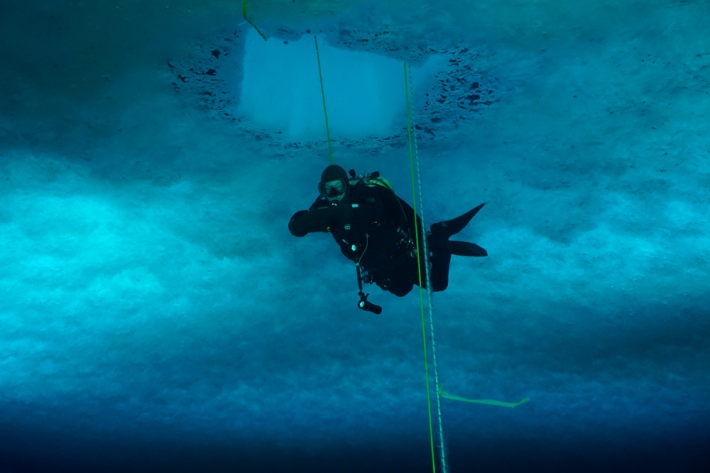
Careers - FAQs
A list of some of the questions we get asked most frequently. If you don't see your question answered here, please get in touch. -
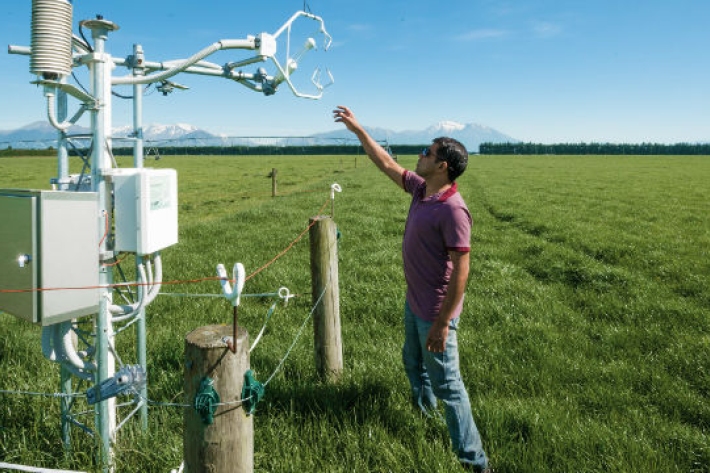
Farming and the primary sector
Farmers are making business decisions everyday which are influenced by environmental factors. We can help farmers to improve decision-making, mitigate farm environment risk, and to become more productive, efficient, competitive and sustainable. -
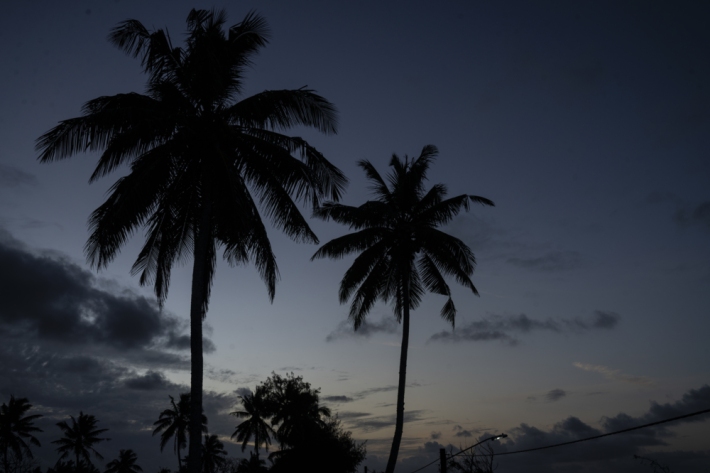
Island Climate Update
Publication seriesA monthly summary of the climate in the tropical South Pacific islands, with an outlook for the coming months. -
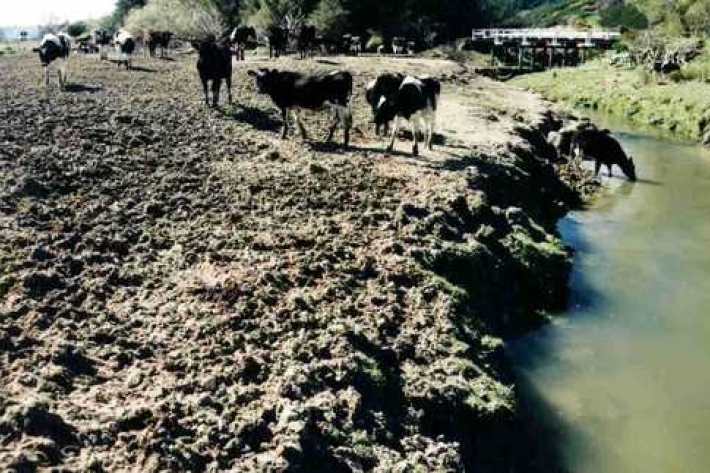
Loss of riparian vegetation
Plants and trees along the water margins and banks are called riparian vegetation. -
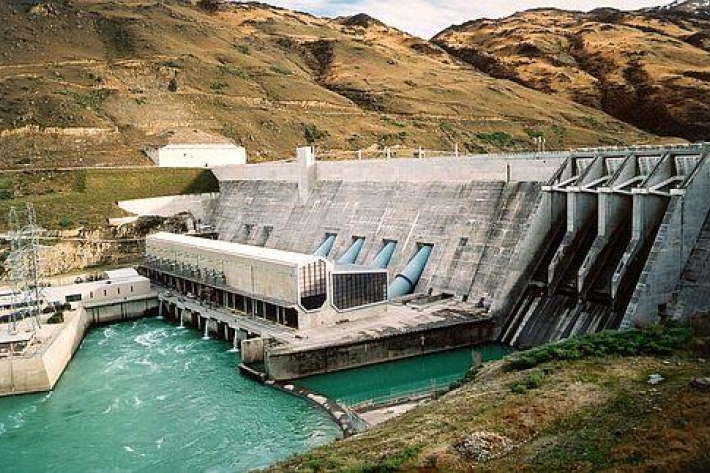
Hydro
Hydro-electricity is a renewable energy source that relies on the inflow of water into storage lakes upstream of a dam. -

Mean daily maximum temperatures (°C)
These datasets are available in a range of formats. -
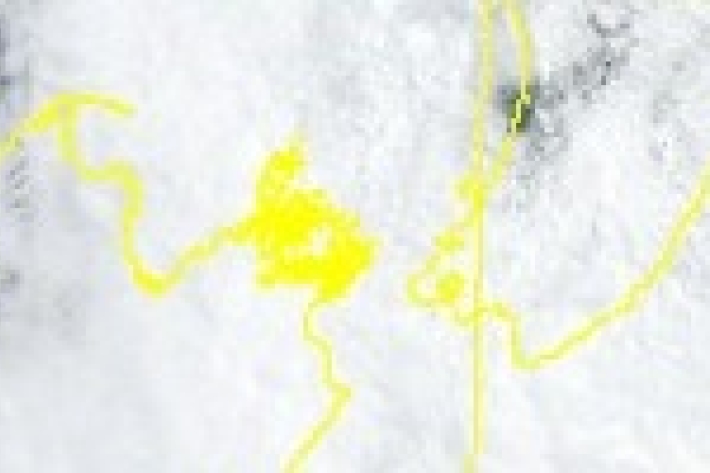
New Zealand from space
This daily image of New Zealand from space was created using data from one of NASA's EOS satellites, collected at our receiving station in Lauder, Central Otago. -
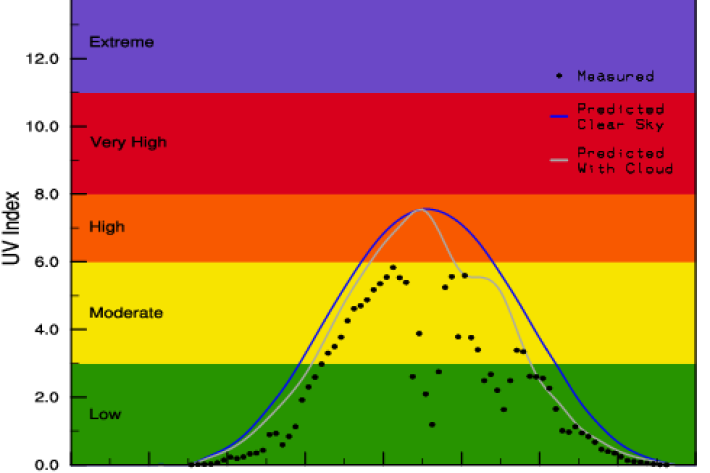
Yesterday's UV Index
Plots of UV levels throughout the day at different locations. -
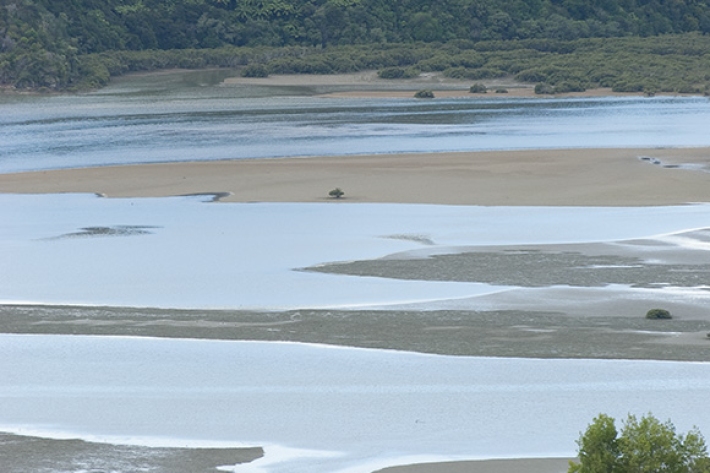
Estuary origins
In comparison to the vast span of geological time, the estuaries that we see today are very recent coastal features.

